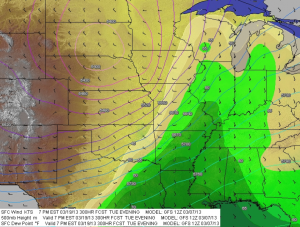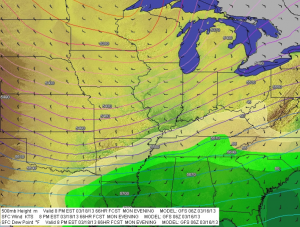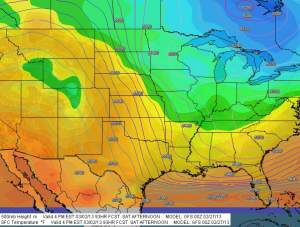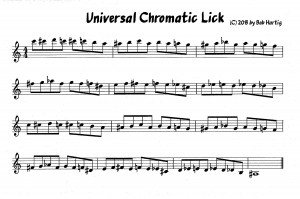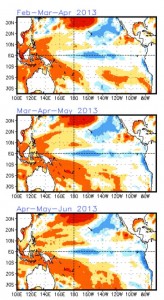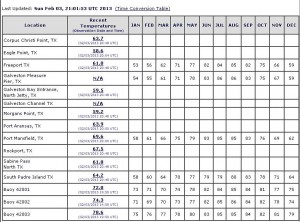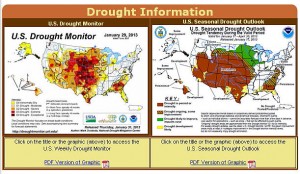Last Monday night, on my way home from a rehearsal with Big Band Nouveau, I got to thinking about how different jazz improvisers sound from each other. In our sax section alone, we have three solo voices, each of them distinct. Mike Doyle, our lead tenor man and band leader, is an eclectic mix of influences, though I would say that his roots are in hard bop. Isaac Norris, our other tenor player, is working his way into increasing complexity, but he clearly comes out of the smooth jazz tradition. As for me, the lead alto guy, I’m steeped in bebop and hard bop tempered with some of the contemporary concepts of Michael Brecker.
All three of us play the saxophone, but each of us plays it differently. And this is true throughout the world of jazz. Hand five seasoned trumpet players the same set of chord changes set to the same groove and backed by the same rhythm section, and each trumpeter will handle those changes in a personal way, using a vocabulary that includes many of the same ideas as the other players, but in an individualized manner; and also incorporating other ideas that are utterly unique to the musician.
I used to think there was a “right” way to play jazz, a sort of standardized approach that separated the real deals from the neophytes and the outliers. I don’t know where that notion came from. Probably my own black-and-white thinking as a young man, due partly to my need to define things in order to learn them and partly to my tremendous insecurity. Now I realize that jazz improvisation is like a vast arboretum filled with all kinds of trees and plants, with trails that wind across terraces and hillsides, through emerald woodlands, and over sun-gilded meadows. All kinds of beautiful living things grow there, and somewhere in that magnificent landscape is a plot of land you can call your own and grow what you choose to grow.
You get the same gardening implements and essentials as everyone else: your instrument, the structural elements of music theory, the legacy of great jazz soloists to learn from, the water of practice, and the rich soil of your own ever-increasing experience. But what you grow with these things is up to you.
You start out by learning how to play your instrument. You expand by exploring music theory and how other musicians have applied it to their art. And ultimately, you find your own voice.
Your instrument is not your voice.
Music theory is not your voice.
Technique is not your voice.
The styles of other players are not your voice.
YOU are your voice.
Your voice resides within you, and everything else is just the tools for discovering it, releasing it, and continuing to cultivate it.
Jazz does not come pre-assembled. In fact, it is anything but prefab. The best you can say is that all the tools and materials are at your disposal. But the assembly is entirely up to you. Just know this: whatever you come up with–whatever work of art you create, whatever tree you grow in your part of the arboretum–will be exactly the right way for you to play jazz if you work at it with diligence and integrity.
Remember, it takes time to grow a tree. Enjoy that tree, that living thing God has entrusted to you, in all its stages. There is no rush, no place to arrive at, only a life experience to invest yourself in. Work hard, but breathe easy–and enjoy yourself.
